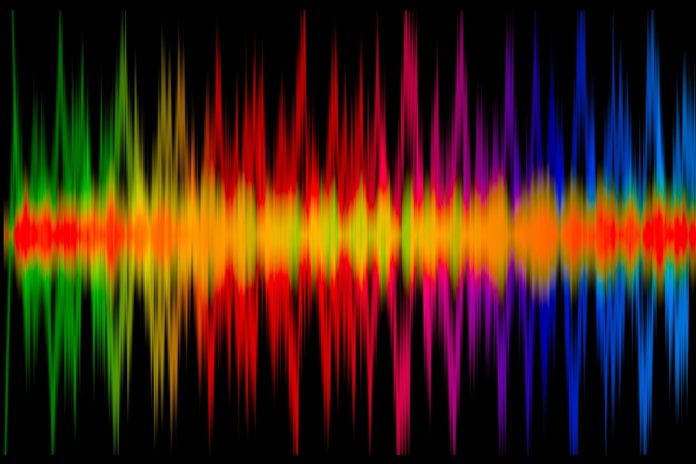Understanding which spectrum is 5G spectrum
The 5G spectrum conversation in the U.S. is currently focused on high capacity millimeter wave frequencies, which is an integral part of both Verizon and AT&T launch plans. Verizon is using high band spectrum for a fixed wireless residential broadband service and AT&T is eyeing standards-based mobile 5G also using millimeter wave spectrum. But, based on a GSA analysis of spectrum bands allocated for next generation mobile services, 5G is about a lot more than millimeter wave.
According to the report, titled “Spectrum for Terrestrial 5G Networks: Licensing Developments Worldwide,” at the end of July, regulators in 42 countries were “either formally considering introducing certain spectrum bands for terrestrial 5G services, holding consultations regarding suitable spectrum allocations for 5G, have reserved spectrum for 5G, have announced plans to auction frequencies or have already allocated spectrum for 5G use.”
For instance, last month Spain’s 5G spectrum auction closed with operators spending about $469 million over four days of bidding. The government put up 20-year licenses for 5 megahertz blocks in the 3.6 GHz to 3.8 GHz range.
Also in Europe, Italian authorities are planning a 5G spectrum auction in September, which they expect to raise nearly $3 billion. The tender will include frequencies in the 694 MHz to 790 MHz; 3.6 GHz to 3.8 GHz; and 26.5 GHz to 27.5 GHz bands. This mix of low-, mid- and high-band frequencies is indicative of the spectral mix needed to deliver 5G coverage and capacity.
Case in point, back in the United States, T-Mobile US and Sprint are pitching a proposed merger as necessary for the two carriers to compete against Verizon and AT&T in the 5G market. T-Mobile has nationwide low-band 600 MHz spectrum licenses, Sprint has 2.5 GHz mid-band holdings, and T-Mo execs recently confirmed the carrier plans to participate in upcoming auctions of millimeter wave spectrum being planned by the U.S. Federal Communications Commission.
According to the GSA research, an analysis of overlapping 5G frequencies “shows clear centres of activity around the 700 MHz, 3400-3800 MHz and 24-29.5 GHz ranges.”
Writing about the GSA report for Android Authority, Robert Triggs asserts, “Forget mmWave, Wi-Fi is the real 5G.” Citing the spectrum mix tracked by GSA, he writes, “The bulk of future 5G networks will consist of the sub 6 GHz mid-band group…This is already a reasonably congested area of spectrum, as 2.4 GHz and 5 GHz Wi-Fi and 2.45 GHz Bluetooth sit in this range, as do many 4G LTE bands. As such, much of this new spectrum will appear in the 3 to 4 GHz range, sitting right in between current Wi-Fi and LTE networks to avoid congestion issues.”

